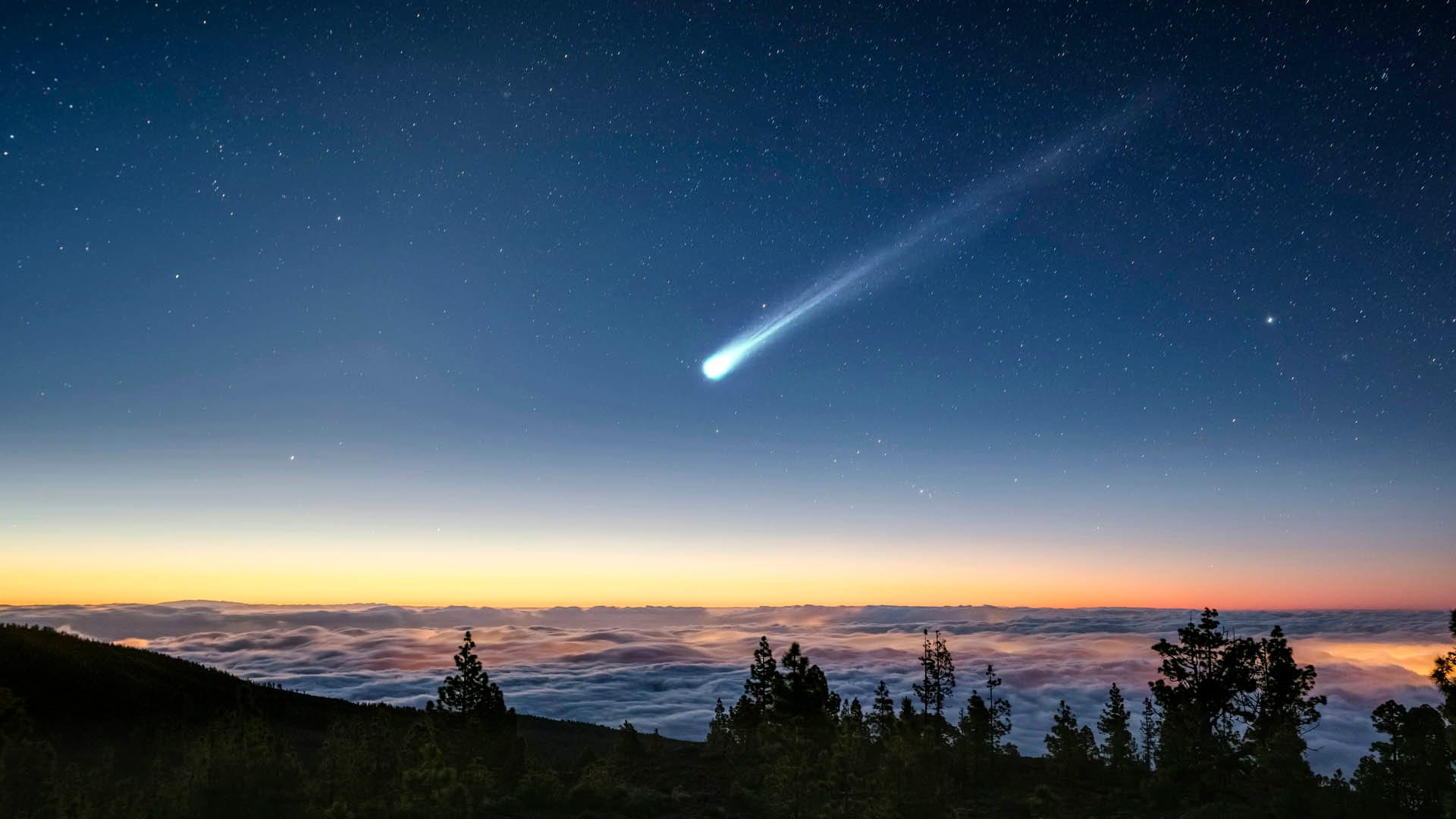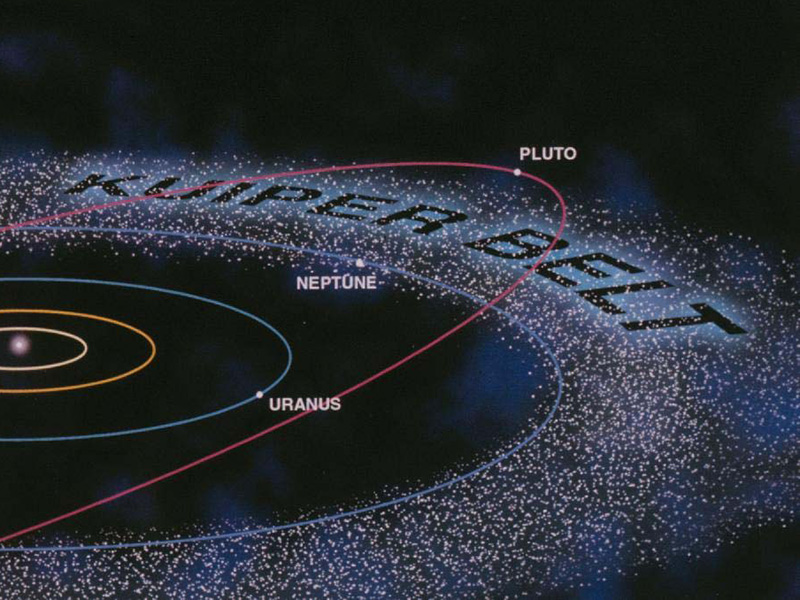
The Outermost Planets
Past the gas giants Saturn and Jupiter, Uranus and Neptune are the ice giants. These distant planets provide insight of our solar system.
Uranus
Uranus is the seventh planet from the Sun. It has a peculiar axial tilt. While the other planets rotate on an axis that is close to perpendicular to their orbital plane, Uranus rotates on its side. Its orbit causes extreme seasons to take place as one pole would face the Sun continuously for decades, followed by decades of complete darkness.
Neptune
Neptune is farthest planet away from the sun. It is also active, with strong, winds and tornado-like storms. Its mostly methane atmosphere absorbs red light and reflects blue light, giving its characteristic color.
Whats Unknown?
Even though much remains to be learned about Uranus and Neptune, research does give a much better view of these mysterious giants. The more that is explored about the outer solar system, the more secrets may be found about its formation and evolution that could question what we understand today and our understanding of the solar system and its planets were formed..










